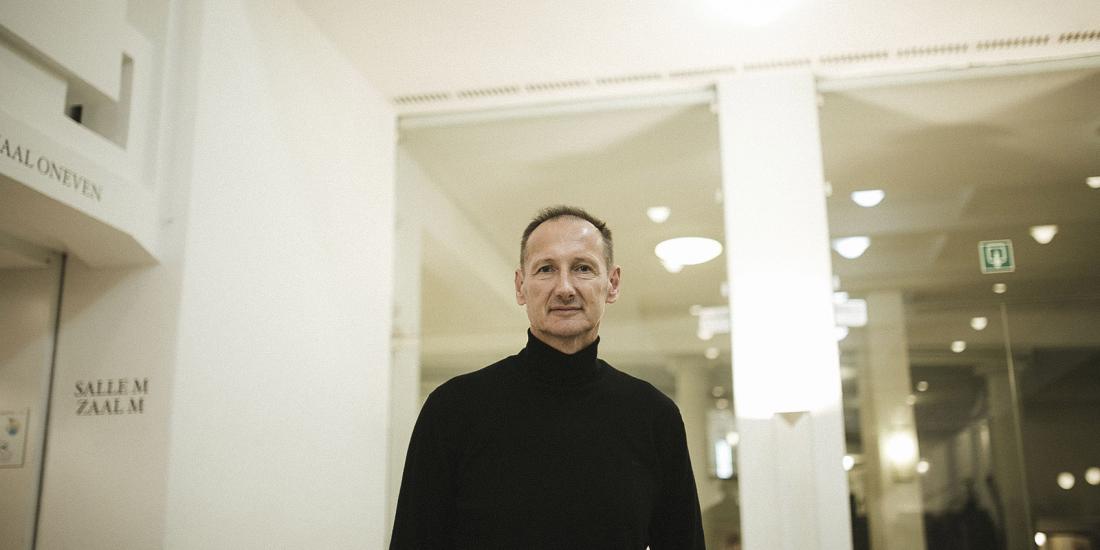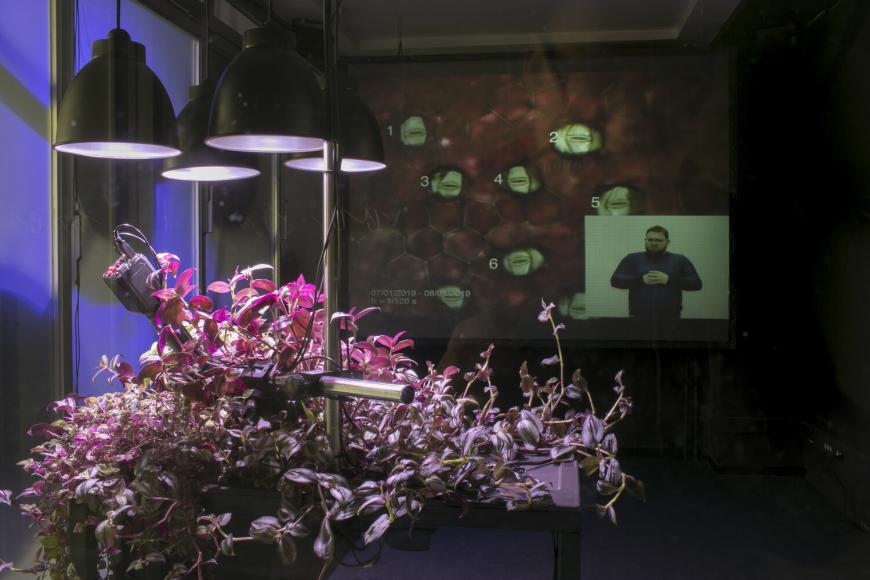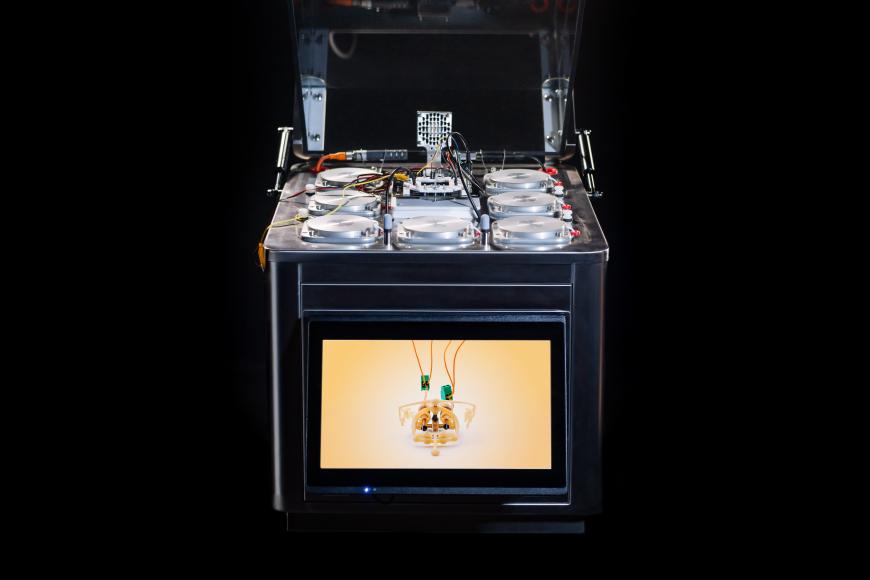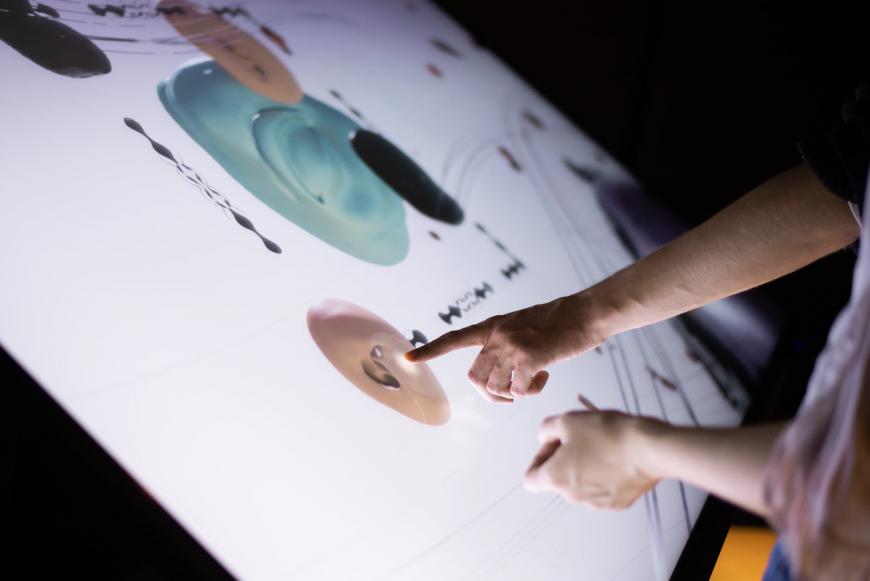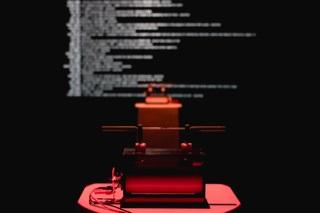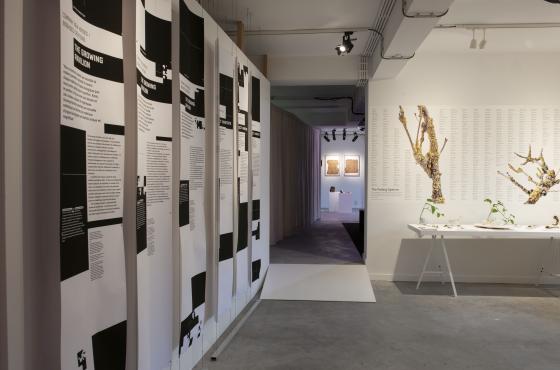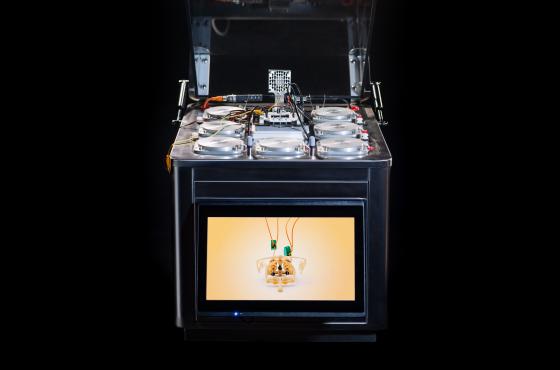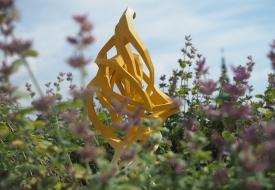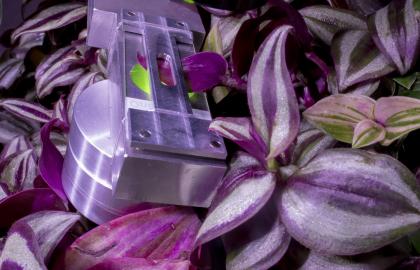This year, Bozar asked the Kapelica Gallery for Contemporary Investigative Arts in Ljubljana (Slovenia) to support the STARTS Prize exhibition, as one of the main European actors in the field of art, science and technology. Slovenia has been one of the frontrunners in AI developments for a number of years.
The general theme of the exhibition is centred around the concept of ‘creative resilience’ and how, thanks to collaborations between the arts, science and technology, we can answer societal challenges. Creative resilience, is tackling issues such as climate change, technology biases, artificial life, our future connection to nature, with artistic tools and creativity. We spoke to Jurij Krpan about the exhibition and the Slovenian artists he has invited to Brussels.
Hi Jurij. Can you present the Kapelica Gallery and your work there to our Belgian or international readers?
I have been working for the Kapelica Gallery[1] since its foundation in 1995. Over the last ten years, we expanded our activities and established laboratories that support artistic investigations and productions, where scientists and artists work together. It is one of the central platforms of contemporary art research in Slovenia and is divided into four main thematic groups: installations and ad hoc projects, technology through art, science through art, and corporeality through art.
What are the themes in the Slovenian focus of the STARTS Prize exhibition at Bozar?
We will present four artworks by four different artists, who work on artificial intelligence, but also on artificial life. I believe it is what makes Kapelica so different from other institutions. Whatever we do, we are trying to connect with humans, the body and living organisms because we believe that this is how we can transcend the rationalistic approach on which science and also other activities are based. We are now living in this cross reality where our data bodies are playing a very important role in the digital space while our physical bodies are playing a comparative role in a physical space. This is why we call this selection ‘hybrid systems’.
Could you present the four artists?
Špela Petrič works mainly in the field of intercognition between humans and plants. Then we have Marko Peljhan who is thematizing the use of cutting edge technologies in the military compound. He is investigating how to employ artificial intelligence and artificial agents into the strategies and tactics for military use. The third project is by Eva Smrekar and Aljaž Rudolf who are working on a hybrid identity, where AI is paired with genetic material and data taken from genetic materials that are donated to a chimeric identity.
And the fourth artist is Zoran Srdić Janežič. Can you tell us more about his project and performance on the opening night of the exhibition?
Zoran’s artwork is called Biobot, in which he tries to make a bionic organism that combines mechatronical parts with biological parts. About three weeks before the start of the exhibition, a temporary lab will be installed at Bozar. Working with living organism always requires a very special approach, which is linked to the necessary time you need for growing these organisms. In the lab, neurons are going to be grown. Over the weeks, a biotechnician will take care of the living neurons. But the neurons are not the artwork. The artwork is a performance in which Zoran will try to teach a robot to move, using neurons and with the help of a deep learning algorithm.
How can the interaction between AI and arts feed the ongoing debate on AI and open up the debate to a larger audience through art and cultural institutions?
The point of departure for all of the artworks here is that AI is massively entering our lives right now. However, the AI is suffering from the same illness as all new technologies. There is a lot of mystification around it and there are also very straightforward usages that are often ethically questionable. But the artists are seeing an interesting potential in working with AI. So very often it's not about using the AI, but making AI as an artwork.
[1] Kapelica is the name of the gallery, which is part of the Kersnikova Institute.
